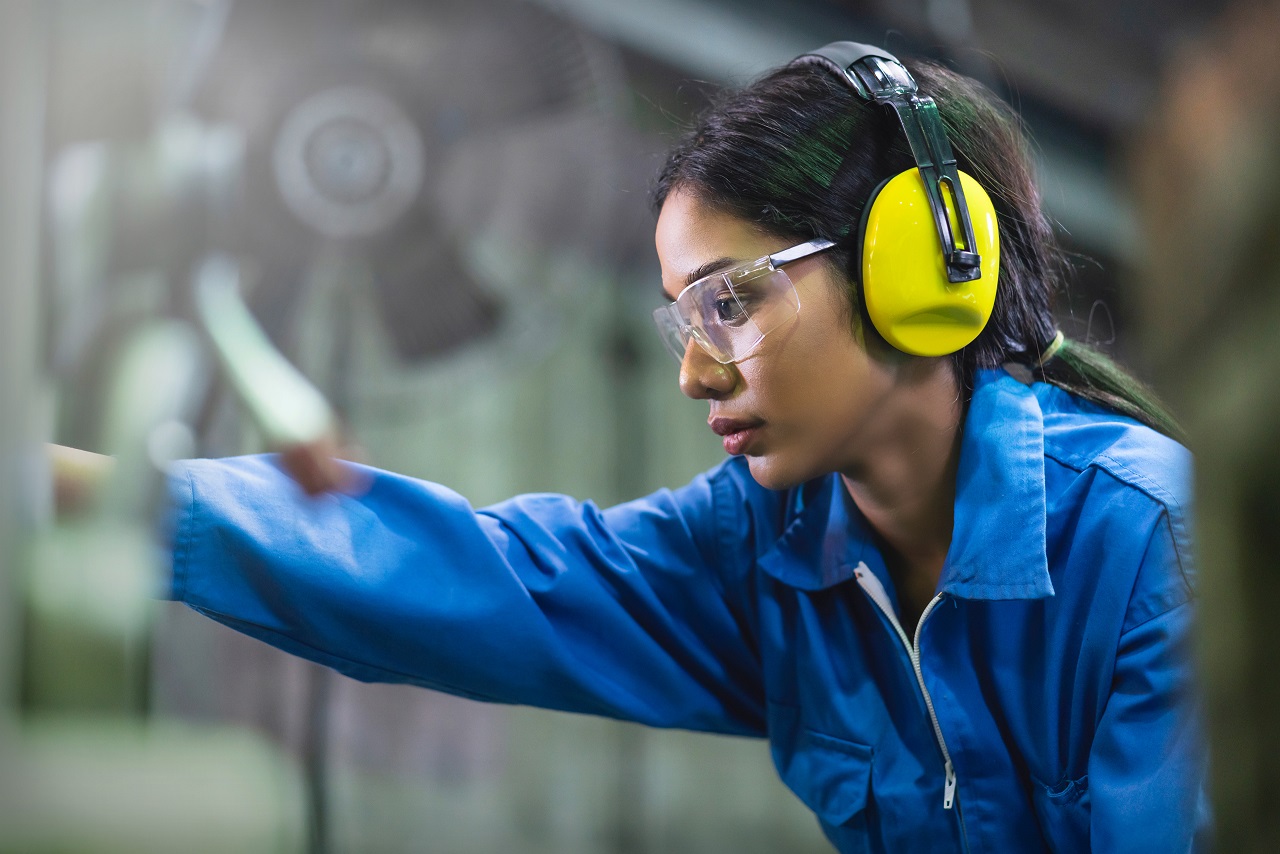How women are driving change in the workwear sector

The evolution of workwear to include designs that cater to the needs of women in the workplace marks a significant stride towards inclusivity. Historically, the working environment, with its attire predominantly designed for men, has overlooked the specific requirements and safety of women. This shift towards creating workwear that embraces women’s requirements is not just about clothing; it’s about acknowledging women’s integral role across various sectors, from the boardroom to the manufacturing site, and ensuring female workers are equipped to thrive in these spaces.
Women’s Workwear Market Trends and Growth
According to a report from The Netherlands Ministry of Foreign Affairs, from 2022 to 2027 the women’s workwear market is on track for a significant expansion, outpacing previous growth rates. Germany, home to the largest workwear market as of 2020, has witnessed a notable 5.2% surge in women’s work attire. Interestingly, in certain regions, the growth of women’s workwear has outstripped that of men’s, a sector traditionally given more attention. For instance, in the Netherlands, the women’s segment enjoyed a remarkable 19.2% growth, overshadowing the men’s increase of just 11.2% during the 2015 to 2020 period.
Moreover, there are instances where women’s workwear is not just growing but doing so at the expense of the men’s sector. Belgium presents a case in point, where women’s work attire experienced a 10.5% growth, while the men’s segment saw a decline of 2.2%, indicating a significant shift in market dynamics.
The driving forces behind the surge in women’s workwear
An increasing number of women are entering professions traditionally dominated by men, such as construction and STEM-related roles. This shift has highlighted the need for fair workwear options, as the current disparity in clothing designed for men and women in these industries becomes more apparent. Initiatives are now underway within these sectors to ensure that work attire caters effectively to women.
Louise Bradley, Technical and Design Coordinator at Cooneen Group, a company specialising in the design, manufacture and supply of garments and uniforms, says: “Within the workplace it is important that the workwear is fit for purpose and is durable for the job role. A lot of focus is put into a better fitting garment especially for female wearers to ensure comfort. Our aim as a company is to work as closely as possible with the end user to gain invaluable feedback that we can design into their uniform. At Cooneen we recently won the Inclusive Design Award through the PCIAW for including requirements for maternity, menopause, cultural and gender fits in our design, a wonderful achievement and acknowledgement of all the hard work we put into the important area of diversity and inclusion”.
The importance of textile innovation for inclusion
Sarah Wilsher, from Sarah Wilsher Coaching Ltd, who offers insightful training about menopause and menstrual health for businesses to understand the impact that symptoms can have on people in the workplace, explains that the fit and fabrics used in uniforms, especially PPE, can impact already uncomfortable menstrual and menopausal symptoms experienced by some. She says “Women need uniforms to fit their frame properly, allowing unrestricted movement around the chest, waist, and hips to minimise fatigue and additional stress on joints and muscles. Breathable, fabrics, adjustable waistbands, cooling panels, and more can enhance comfort which in turn improves concentration, productivity, and morale”.
In the topic of textile innovation, global workwear fabric manufacturer, Carrington Textiles provides a detailed perspective on how fabric technology fosters inclusion.
“Our focus at Carrington Textiles is to redefine the paradigm of women’s workwear through cutting-edge textile innovation. We are dedicated to engineering fabrics that exemplify the synergy of performance, protection, and unparalleled comfort,” states Kirsty White, R&D Manager. “We are pioneering with fabrics such as Tahoe, Lugano, and Meteor, which were meticulously crafted to incorporate advanced textile compositions that offer elasticity, breathability, and lightweight characteristics without compromising on the protective aspects essential for workplace safety. These developments are a testament to our commitment to not only meet but exceed the ergonomic and functional needs of women in diverse work environments.”
The evolution of women’s workwear goes beyond fabric and function; it’s a stride towards workplace equality and recognition of diversity. By aligning workwear with the needs of women, we’re breaking traditional barriers, affirming women’s vital role across sectors, and fostering a workspace where everyone can excel.
